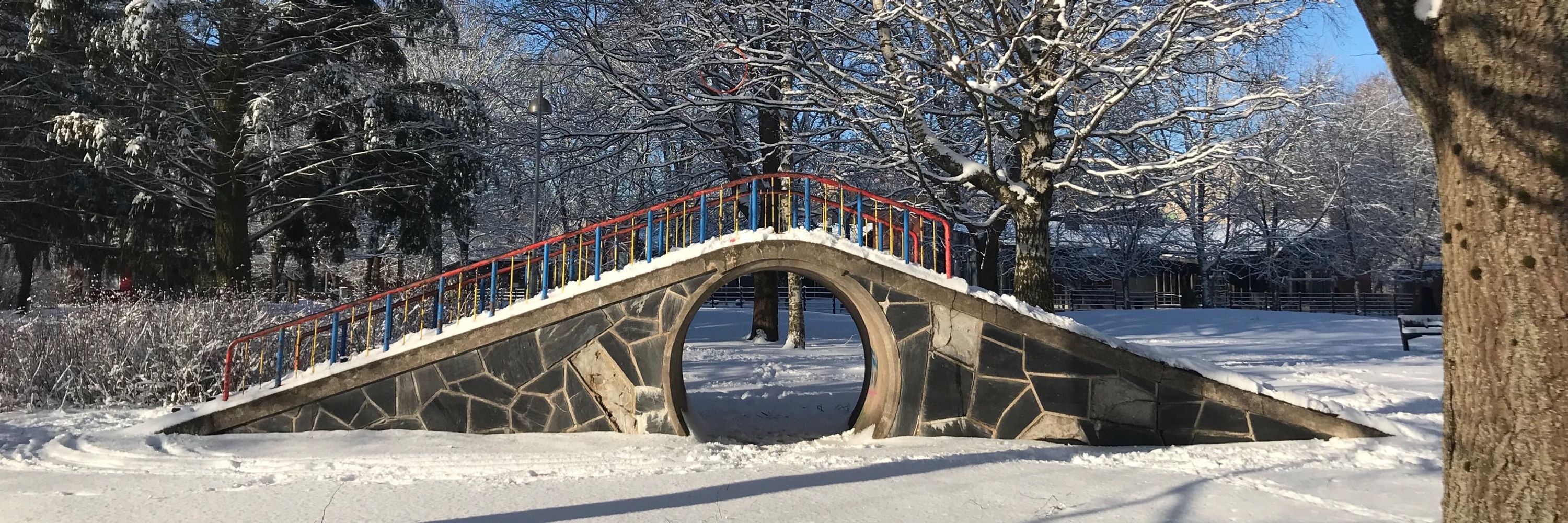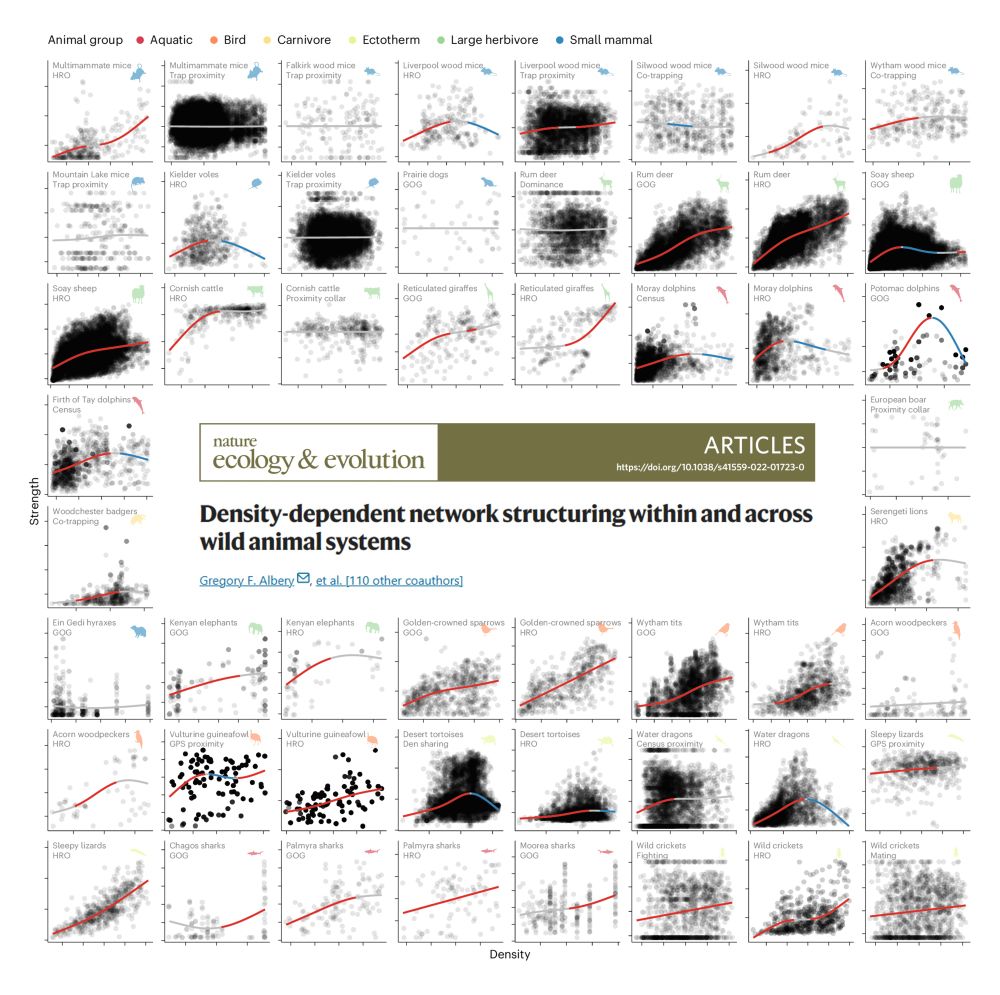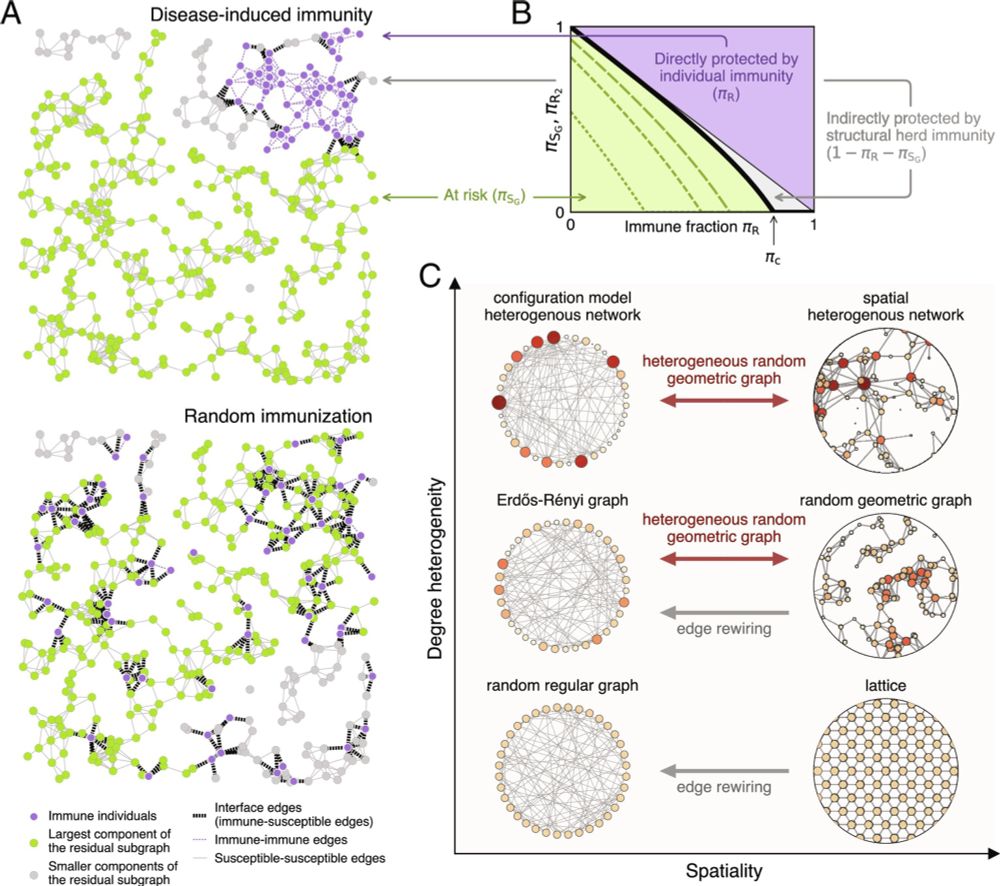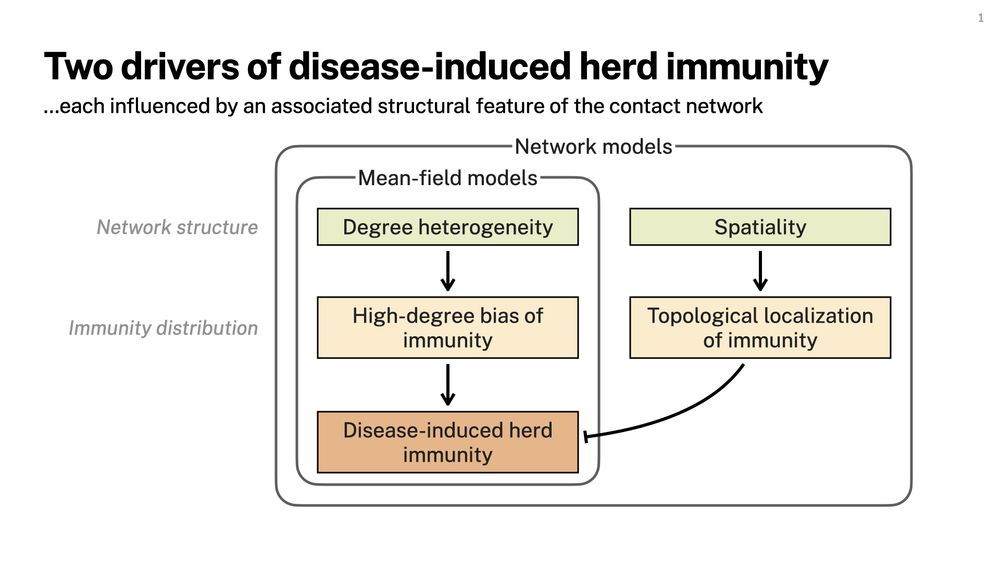Takayuki Hiraoka
@takayukihir.bsky.social
130 followers
170 following
71 posts
Studying complex systems and network science. Postdoc at Aalto University.
I oppose any violence against civilians and devastation of their lives.
🌐 https://sites.google.com/view/takayukihiraoka/
Posts
Media
Videos
Starter Packs
Reposted by Takayuki Hiraoka
Reposted by Takayuki Hiraoka
Reposted by Takayuki Hiraoka
Minsuk Kim
@danielhankim.bsky.social
· Aug 29

Modeling resource consumption in the US air transportation system via minimum-cost percolation - Nature Communications
Percolation frameworks have been used to characterize the robustness of infrastructural networks. Here, authors introduce a percolation-based framework to study resource consumption and network effect...
www.nature.com
Takayuki Hiraoka
@takayukihir.bsky.social
· Aug 29
Takayuki Hiraoka
@takayukihir.bsky.social
· Aug 29
Block-corrected modularity for community detection
Unknown node attributes in complex networks may introduce community structures that are important to distinguish from those driven by known attributes. We propose a block-corrected modularity that dis...
journals.aps.org
Takayuki Hiraoka
@takayukihir.bsky.social
· Aug 27

Hierarchical organization of bursty trains in event sequences
Temporal sequences of discrete events that describe natural and social processes are often driven by non-Poisson dynamics. In addition to a heavy-tailed interevent time distribution, which primarily c...
arxiv.org
Reposted by Takayuki Hiraoka
Hang-Hyun Jo
@socph.bsky.social
· Aug 27

Hierarchical organization of bursty trains in event sequences
Temporal sequences of discrete events that describe natural and social processes are often driven by non-Poisson dynamics. In addition to a heavy-tailed interevent time distribution, which primarily c...
arxiv.org
Reposted by Takayuki Hiraoka
Takayuki Hiraoka
@takayukihir.bsky.social
· Jul 23
Takayuki Hiraoka
@takayukihir.bsky.social
· Jul 20
Takayuki Hiraoka
@takayukihir.bsky.social
· Jul 19
Takayuki Hiraoka
@takayukihir.bsky.social
· Jul 19
Takayuki Hiraoka
@takayukihir.bsky.social
· Jul 19
Takayuki Hiraoka
@takayukihir.bsky.social
· Jul 19
Takayuki Hiraoka
@takayukihir.bsky.social
· Jul 19
Takayuki Hiraoka
@takayukihir.bsky.social
· Jul 19







